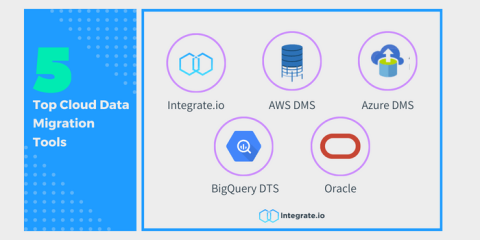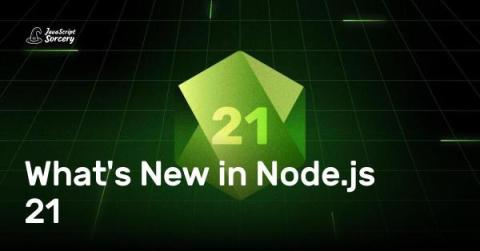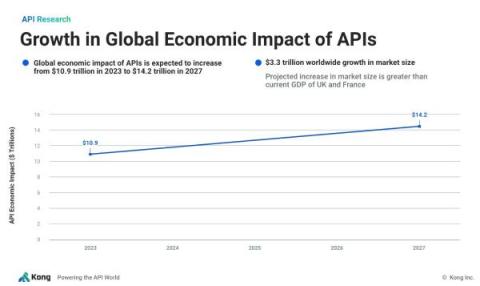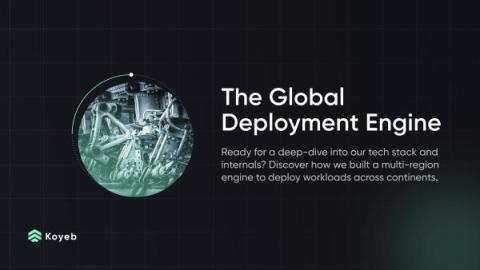Systems | Development | Analytics | API | Testing
%term
Set Your Data in Motion with Data Streaming
The Top 5 Cloud Data Migration Tools
The Best Resources to Learn Android Development
Android has surged past iOS to dominate the world’s smartphone market, but its ecosystem is growing at an exponential rate. There were more than 24,000 different Android devices at the last count, which places major strains on devs. To learn Android development, you have to learn how to optimize for hundreds of different devices. So you need a clear learning plan that can be applied to the entire Android ecosystem.
Comparing Moesif and Apigee: A Deep Dive into API Monetization Features
In today’s digital age, APIs have become the backbone of many businesses, enabling seamless integration and communication between applications, platforms, and users. As the demand for APIs grows, so does the need for effective API management and monetization. In this post, we’ll compare two leading API platforms, Moesif and Apigee, focusing on their monetization features.
Top 5 Resources to Understand the Role of AI/ML in Embedded Analytics
What's New in Node.js 21
Node.js v21, the latest Node update, is now available as a stable release. It supersedes v20 in the'Current' release line, which has been promoted to the long-term support (LTS) channel as of 24 October. This new version stabilizes the fetch and WebStreams API, adds a built-in WebSocket client, improves support for ES modules, and brings some notable performance improvements (as well as a customary update of Node.js dependencies such as V8).
The Economic Impact of APIs: API Monetization, AI, Web3, and Beyond
Building a global deployment platform is hard, here is why
If you ever tried to go global, you have probably faced a reality check. A whole new set of issues starts to appear when you start to operate a workload over multiple locations across the globe: So it looks like a great idea in theory, but in practice, all of this complexity multiplies the number of failure scenarios to consider!











